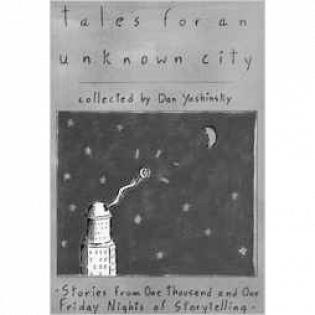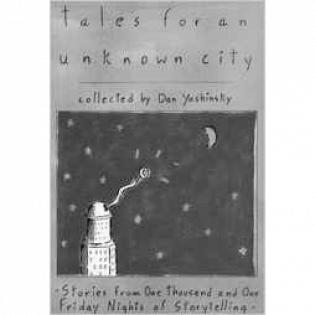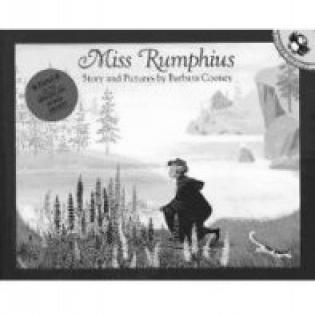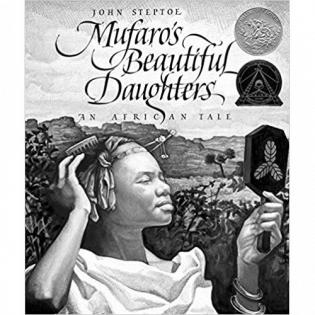Read profiles of "servant leaders" and use these brainteaser puzzles to reveal their philosophy of leadership.
Filter by subjects:
Filter by grades:
Filter by audience:
Filter by issue area:
Filter by content type:
Filter by resource type:
resource search
In this activity participants get to know one another and discover their commonalities and differences. What similarities do I have with others? What differences do I have with others? Why are both important?
After a meaningful session or day together, a reflective writing prompt can help young people internalize, sort, or articulate their thoughts and feelings. A great tool for SEL and personal reflection, exit tickets provide a prompt to bring thoughts to a close before moving out the door. Designed to be handed to the facilitator as a "ticket" out the door, they may also be kept private if someone doesn't want to share their thoughts in the moment.
A Sufi Tale: Nasrudin Hodja acts hospitably when his good friend is standing on the doorstep with a fine-looking rabbit in hand. Hassan is invited in and a feast is prepared. But when visitors interrupt that man’s evening meal on a succession of nights, he comes up with a plan to discourage others from coming empty-handed. What are the customs of hospitality that must be followed?
A Sufi Tale: Usually the Hodja has no trouble coming up with the sermon to deliver on Friday afternoons. However, when he draws a blank, he uses his creativity and then he doesn’t have to give a sermon for weeks! What is the source of inspiration in our lives, and to whom do we look for guidance? Often wisdom is available within.
Youth Activities: These seven interactive and reflective activities are designed to be used in small or large groups.
What is our responsibility in the world? To Alice Rumphius, her responsibility was to do something to make the world more beautiful. But what does that mean to her and what does it mean to you?
Fairy tales are great stories that illustratea complicated moral issues in a make-believe context. The Cinderella story has a universal theme of an under-appreciated, kind, and honest child who finally gets what she deserves.




